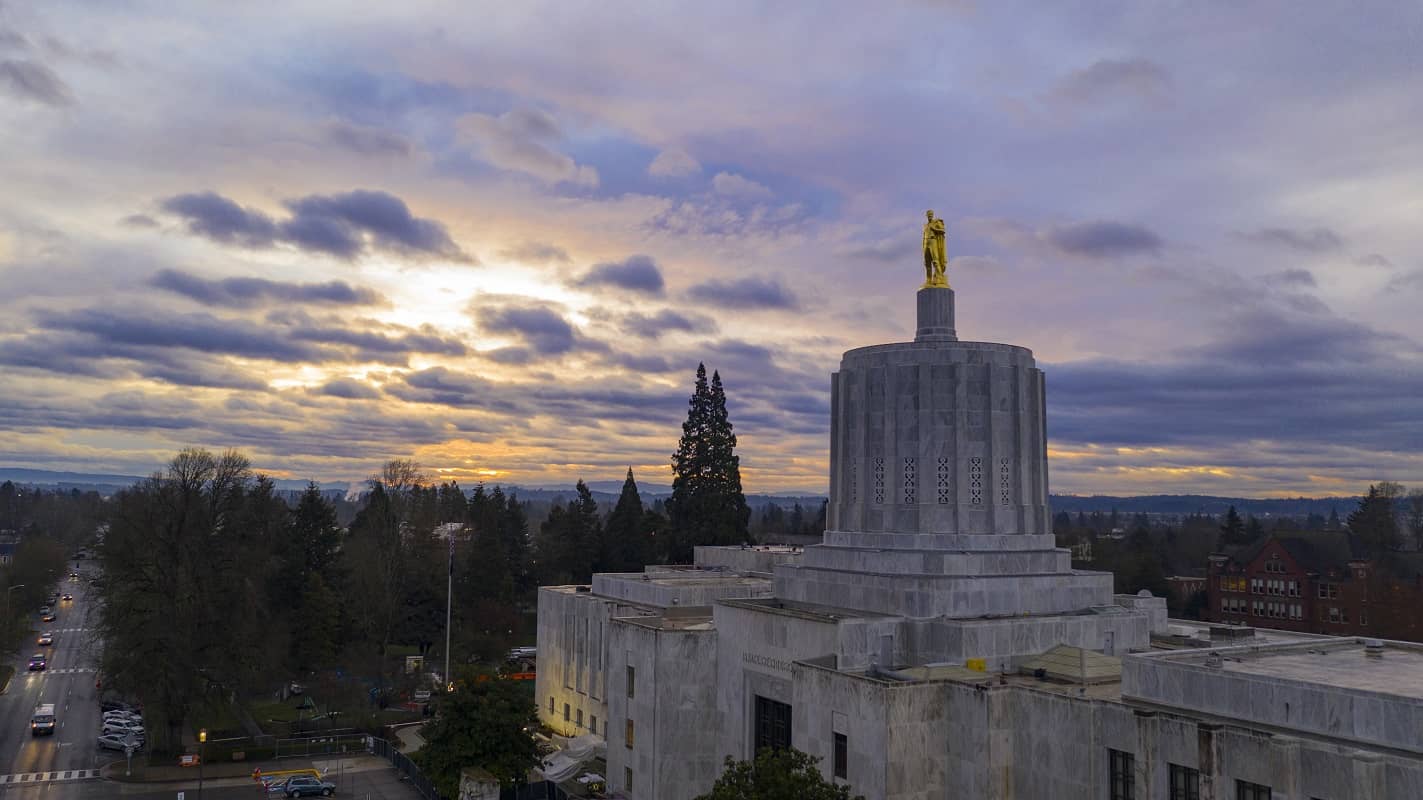In his recent State of the State address, Governor John Kitzhaber argued that legislators must “lock in” his education system changes so they then can move on to other important issues such as tax reform and public safety.
Notice that he did not mention the last two big educational changes he helped “lock in.” Both the 1991 Education Act for the Twenty-First Century (CIM and CAM) and the 1999 Quality Education Model arguably failed to deliver on their grand promises. Now we have the Oregon Education Investment Board (OEIB), headed by the Governor, which promises to centralize education policy more than either of the two big past reform efforts. This is the perfect time to consider applying the “three strikes and you’re out” concept to public policy.
The fatal flaw in all these reform efforts is that they rely on really “smart” people centralizing control over educational policy and decision making. The first two efforts concentrated on Kindergarten through high school. Apparently, their failure led the Governor to conclude that they simply didn’t control a broad enough swath of the education spectrum to work. So now, his latest effort seeks to control everything from pre-Kindergarten through graduate school.
As I discussed in Forced Participation: Public Education’s Fatal Flaw (June 2010) and The Oregon Education Investment Board: Top Down on Steroids (December 2011), centralizing control over education policy and forcing students to attend schools chosen for them by others are destined to fail because they fly in the face of one of America’s most cherished values: choice. Parents don’t appreciate politicians, bureaucrats, or experts making decisions for them about what is best for their children. Advise? Sure. Command? No way.
Rather than wait years to judge the latest big reform a failure, it is time to try another path: the school choice path. The Governor should be amenable to such a path since he signed the initial charter school law in 1999 and three limited school choice bills in 2011. What he needs to realize, however, is that such a path is in conflict with his command-and-control efforts. He needs to make a choice – and allow parents and students many more educational choices.
To see the flaw in the command-and-control approach, consider an example I have used before. Consider what our world would be like if the government owned our grocery stores:
We can only shop at the store nearest our house, unless we can afford to move into another neighborhood. We elect food boards to oversee our grocery stores. We pay through taxes, not directly, so few notice that the government spends eight dollars for a gallon of milk and six dollars for a loaf of bread. We do notice that the bread is sometimes stale, and the milk is sometimes sour. But we get no guarantees, and we certainly get no refunds. Each food district has a central office staff working hard to design store shelves, checkout lanes, and the nutritional content of each food item.
Now, imagine voters approving less money for the public food system than its employees demand. Suddenly, stores can’t keep all the clerks employed. Food Superintendents are faced with the difficult task of eliminating some items from the shelves.
Customers are angry when stores stop offering extras like cookies and candy. Until taxpayers give food stores more money, only nutritious staples will be available, and checkout lines will be longer. How could we feed ourselves without government taxing us, building big brick food buildings, and telling us where to shop?
If this scenario sounds familiar, you’re way ahead of me. It’s the world of our public school system. It’s the world most of us grew up in. Future generations deserve to grow up in a better world, where we no longer dump money into a system that celebrates the status quo and operates more for the adults that make their living in it than for the students.
Why not worry about a tax revolt decimating our grocery stores? Because they are privately owned, yet serve the public. They’re subject to intense competition, and each of us has virtually unlimited shopping choices. For those who can’t afford food, we don’t build government food stores. We give them food stamps, and they shop in the same stores and for the same products as the rest of us.
Our public schools are the equivalent of the former Soviet Union’s collective farms. Communism said government should own and run the food stores – and the farms. The result was a nation that couldn’t feed itself. To avoid becoming a nation that cannot educate itself, we need to let education dollars be spent where consumers think they should go. We need to find ways to put the children first, the system second.
School choice opponents want us to wait to see if the Governor’s latest centralized approach will eventually improve public schools. But we’ve seen what centralized control does to education already. Waiting longer won’t help struggling students today.
When public schools fail students, they often demand more money to make improvements. Imagine if grocery stores acted that way; you return a stale loaf of bread and the store charges you more so it can try better next time. That’s unacceptable for grocery stores, and it should be unacceptable for schools.
In a school choice world, if the school fails students it doesn’t get more money, it gets less as students leave and take their allocated money with them to other schools. This is the world that finally will put students first. Before the Governor’s third strike takes a further toll on students, let’s encourage him and the legislature to take another path – the school choice path.
Click here for the PDF version:
Education by Committee in Oregon WSJ











